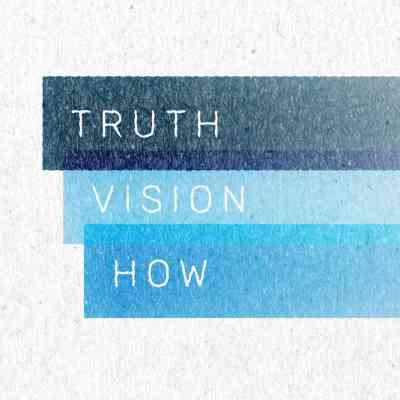
[Client issue: the CEO has a massive vision, but few people could probably articulate what that is. We all have a general sense of where we’re going, but there are as many different points of view as there are people in the room. Employees often articulate that they are not sure where the company is going.]
Here’s a visual representation of mis-alignment:
Misalignment has resources wasted spinning wheels pulling away from each other in different directions.
Here’s a visual representation of alignment:
Alignment looks like everyone going the same direction, directing their individual efforts in a collective sort of way.
It’s pretty straightforward. But getting there can be one of the most elusive challenges any organization or team faces.
Alignment, whether it’s organizational, among Executives, or across teams, could be divided into three steps.
- Honest Truth: Where are we now
- Vision: Where do we want to go and why
- How: What’s our roadmap to get there
Honest Truth (Where are we now)
This part is taking an honest look at what’s going on for you, for the team, for the company.
What’s the temperature of your organization? What are we doing well already? What kinds of tensions, dramas or roadblocks are people facing? What are our real strengths, weaknesses and, where is our focus?
How are we responsible for what we see, and what can we do to address this?
It can be tempting to overlook certain areas, or to resist having a conversation that people “shouldn’t” have. But turning a blind eye isn’t how we improve. Instead, we get real about what’s real.
The more honest we are with our own successes and confronting realities, the more quickly we can shape the future we intend–we’ll be addressing the real needs as a result of the honest truth.
It’s like turning up the heat: the more honest the conversation, the more extraordinary.
And, of course, honesty begins at the top.
Vision (Where do we want to go and Why)
We’re in business to accomplish the extraordinary. An extraordinary organization is the result of extraordinary creativity.
Most of the great entrepreneurs out there know the thrill of seeing a seed of an idea turn into a reality that seemed almost impossible.
Think of the audacity it takes to stand on a stage and claim commercial space travel is going to take us to Mars.
Elon Musk could have stopped at developing the first luxury electric car line and sharing the technology so ANYONE COULD COMPETE.
(https://www.tesla.com/blog/all-our-patent-are-belong-you)
But the guy is a visionary. There’s always a more extraordinary possibility out there.
Musk’s is colonizing Mars.
(https://www.wired.com/2016/09/elon-musk-colonize-mars/).
And this is the kind of vision that leads strong alignment–people want to get behind an inspiring possibility.
What would be an extraordinary future?
What would be the most amazing results we could get, and what would our company look like if we were wildly successful?
What would it look like if our values that we’ve written out were thriving across the organization?
Get clear about what this looks like, for yourself, for the team, for the organization. When a team finds a strong vision that compels everyone, it can seem like months of struggle and discourse suddenly opens up into a breath of fresh air.
Finally, be prepared to be very clear as to WHY this vision needs to happen.
What is the fundamental intention that drives this vision to exist? Why this versus something else?
Why would the whole organization be better because of this vision?
(https://www.ted.com/talks/simon_sinek_how_great_leaders_inspire_action)
How: the Roadmap
“If we don’t know where we’re going, any road can take us there,” goes the proverb. If you know where you want to go, though, it sure is helpful to have a map.
Here’s another proverb: “Vision without action is a daydream. Action without vision is a nightmare.”
(And most of us have had first hand experience of that nightmare somewhere along the line.)
The purpose of a great road map is that it sets course for the realization of an audaciously inspiring vision. And in that map we (finally) can see who can do what by when.
The roadmap is not a fixed plan.
Rather, it’s a way to simplify:
- what action we need
- who will do it
- by when will it be done
Clear, definable goals, and results expected.
It’s a way to make things simpler, not harder.
Oh yeah, and this is about the innovative, entrepreneurial spirit. Ditch the ten page spreadsheet.
If you can’t get the basics onto a single page, the roadmap is already too complicated. (Here’s one we like from Gazelle’s International http://gicoaches.com/about/one-page-strategic-plan/)

